The impact of 3D printing on prosthetics in my field of study.
** Introduction**:
3D printing is a form of additive manufacturing technology where a three dimensional object is created by laying down successive layers of material. It is also known as rapid prototyping, is a mechanized method whereby 3D objects are quickly made on a reasonably sized machine connected to a computer containing blueprints for the object.
The 3D printing concept of custom manufacturing is exciting to nearly everyone. This revolutionary method for creating 3D models with the use of inkjet technology saves time and cost by eliminating the need to design; print and glue together separate model parts. Now, you can create a complete model in a single process using 3D printing. The basic principles include materials cartridges, flexibility of output, and translation of code into a visible pattern. 3D Printers are machines that produce physical 3D models from digital data by printing layer by layer.
3D Printing Capabilities:
As anticipated, this modern technology has smoothed the path for numerous new possibilities in various fields.
The list below details the advantages of 3D printing in certain fields.
Product formation is currently the main use of 3D printing technology. These machines allow designers and engineers to test out ideas for dimensional products cheaply before committing to expensive tooling and manufacturing processes.
In Medical Field, Surgeons are using 3d printing machines to print body parts for reference before complex surgeries. Other machines are used to construct bone grafts for patients who have suffered traumatic injuries. Looking further in the future, research is underway as scientists are working on creating replacement organs.
Architects need to create mockups of their designs. 3D printing allows them to come up with these mockups in a short period of time and with a higher degree of accuracy.
3D printing allows artists to create objects that would be incredibly difficult, costly, or time intensive using traditional processes.
**How does 3D Printing work?**
It all starts with making a virtual design of the object you want to create. This virtual design is made in a CAD (Computer Aided Design) file using a 3D modeling program (for the creation of a totally new object) or with the use of a 3D scanner (to copy an existing object). This scanner makes a 3D digital copy of an object and puts it into a 3D modeling program.
To prepare the digital file created in a 3D modeling program for printing, the software slices the final model into hundreds or thousands of horizontal layers. When this prepared file is uploaded in the 3D printer, the printer creates the object layer by layer. The 3D printer reads every slice (or 2D image) and proceeds to create the object, blending each layer together with no sign of the layering visible, resulting in one three dimensional object.
process of achieving these 3d:
- “slicing” or sectioning of CAD design into layer;
your first step is to import a design file, pick options, and create slices (layers). The preprocessing software calculates sections and slices the part design into many layers, ranging from 0.005 inches (0.127 mm) to 0.013 inches (0.3302 mm) in height. Using the sectioning data, the software then generates “tool paths” or building instructions, which will drive the extrusion head.
Next, send the job to the 3D printer.
- Production:
Press “print” to start the building process.
Two materials, one to make the part, and one to support it, enter the extrusion head. Heat is applied to soften the plastics, which are extruded in a ribbon, roughly the size of a human hair. Alternating between part material and support material, the system deposits layers as thin as 0.005 inch (0.13 mm).
- Finishing:
removing disposable support material When the part is complete, open the chamber and remove it., Finish up by either washing or stripping away the support material that held the part in place.
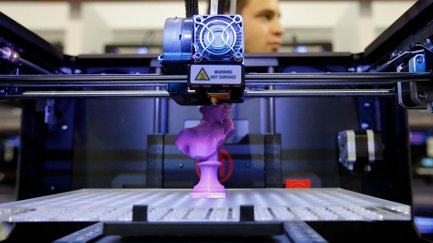
Advantages of 3D printing
• Easy to collaborate with others
• Distance between team members is eliminated
• Can be accomplished at a fast pace
• Can be produced at less price
• Higher flexibility
The main impact of 3D printed prosthetics
Replacement parts:
One of the best things about
3D printing is that the technology gives you the
ability to print custom designs,this is
extremely valuable when it comes to replacing
parts on existing products,the ability to quickly manufacture
replacement parts will be valuable.Cost – A commercially-made prosthetic typically costs between $5,000 and $50,000. This means that untold numbers of unique people around the world are unable to afford the prosthetics that would greatly improve their quality of life.But in 3d printing on prosthetics,The cost of manufacture can be broken down into 3 categories;
machine operation costs
material cost
labor costs.
Machine operation costs: Most desktop 3D printers use
the same amount of power as a laptop computer. More
industrial additive manufacturing technologies consume a
high amount of energy to produce a single part however
the ability to produce complex geometries in a single step
results in higher efficiency and turnaround. Machine
operation costs are typically the lowest contributor to
the overall cost of manufacture.
Material costs: The material cost for additive
manufacturing varies significantly by technology.
Desktop FDM printers use filament coils that cost around
$25 per kg which is widely used in 3d printing while SLA printing requires resin that
retails around $150 per litre. The range of materials
available for additive manufacturing make quantifying a
comparison with traditional manufacturing difficult.
Labor costs: Post processing aside, the
majority of 3D printers only require an operator to press
a button. The machine then follows a completely
automated process to produce the part. Compared to
traditional manufacturing where highly skilled
machinists and operators are typically required, the
labor costs for a 3D printer are almost zero.
Speed – with rapid prototyping parts can be produced compared to
traditional manufacturing methods. Complex designs can
be uploaded from a CAD model and printed in a few
hours. The advantage of this is the rapid verification
and development of design ideas.
Where in the past it may have taken days or even
weeks to receive a prototype, additive manufacturing
places a model in the hands of the designer within a
few hours. While the more industrial additive
manufacturing machines take longer to print and post
process a part, the ability to produce functional end
parts at low to mid volumes offers a huge time saving
advantage when compared to traditional manufacturing
techniquesVersatility – Prosthetics made from 3D printing can be easily customized, and created to suit the owner. Artistic, rugged, and specialty designs have been made to suit specific activity use, including outdoor activities such as biking. This level of custom ability would cost a fortune with current prosthetics.
Advancement – A physically unique child will very quickly outgrow a prosthetic limb. Replacing the limb to keep pace with the child’s rate of growth until he or she reaches maturity can be a pretty expensive process, especially when you consider that the majority of insurance companies balk at paying for prosthetics for children because they outgrow the limbs so quickly. It really is not easy for families to pay out $10,000 or so every year, or every other year. No such problems exist with 3D printed prosthetics! The ease of production and the much lower cost of 3D prosthetics make it a much more attractive option. In addition, stretchable and expandable 3D prosthetics are available for children. Such a device could “grow” with the child. A grant-winning student has created a child’s 3D prosthetic that stretches and expands. It is tempting to think that 3D printed prosthetics cannot be as good as conventional prosthetics but 3D printed prosthetics compare favorably with, and seem to trump, conventional prosthetics on a number of fronts.
The imapct of the 3d printing on lifes
Alex Pring
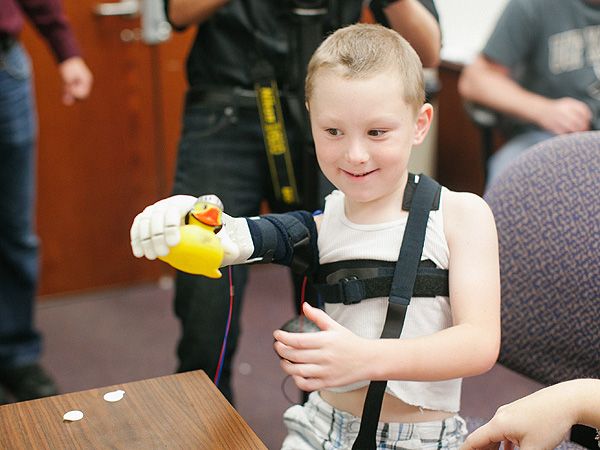
Alex Pring Six-year-old Alex was born with a partial right arm, and a prosthetic limb was too expensive for his family, especially when their insurance company refused to cover the cost.
In an effort to help her son, Alex’s mother, Alyson Pring, contacted an online community that
specializes in making 3D printed prosthetic hands. A doctoral student, Albert Manero, read Alyson’s
letter and was moved to help. Albert Manero and a group of fellow students at the University of Central Florida got together and, over the course of seven weeks, built a 3D printed prosthetic arm for Alex.
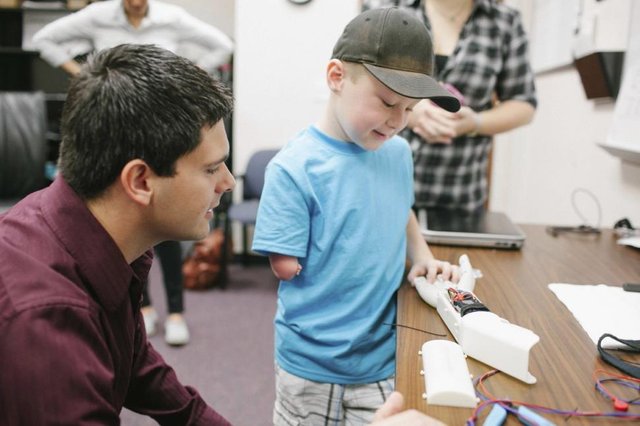
It cost only $350 to build, a mere fraction of the $40,000 that a conventional prosthetic would have cost. Alex is extremely pleased with his “robot arm,” and says it is “not even heavy.” Alex is happy that he can now “feel” things.
How 3D printing has helped in the life of some Animals
More than 100 dogs are
rehomed by this charity every year, and one special
dog currently living in a foster home got some extra
attention from IRR due to a deformity in his right
front leg. Duke, who had been abandoned, was taken
in by the IRR, where it was discovered that his leg
was underdeveloped with an enlarged paw, making it
impossible for him to walk on it.
The IRR wanted to help Duke walk on all four legs, so
they turned to CBM , a product development and
manufacturing company in Wales. CBM offers 3D
printing and scanning services in addition to general
prototyping, production and product development, and
one of their specialty areas is bespoke medical
devices. Several multidisciplinary teams from the
company worked together with a consultant
orthopaedic surgeon and the Duke’s foster owner, Phil
Brown, to design a special prosthetic for the
retriever’s leg.
CT scans were taken of Duke’s leg, and the data
was used to create a 3D model, spreading the loads
across the entire prosthesis for a perfect,
comfortable fit despite the complexity of the dog’s
deformity. CBM Manufacture then 3D printed
several prototypes so that Duke could test them out
and the design could be refined. After initial testing,
the CAD model was updated and Finite Element
Analysis (FEA) was undertaken to make sure that the
prosthesis could hold up under the expected loads.

The final prosthesis was 3D printed from tough Nylon
12 material using selective laser sintering (SLS). Foam
cushioning on the inside of the device reduced the
risk of pressure sores, and a vacuum cast elastomeric
foot completed the model, adding improved impact
resistance and tactile grip for a variety of ground
surfaces so that Duke could walk easily no matter
where he happened to be.

Duke isn’t the first dog to receive a 3D printed
prosthetic or assistive device; we’ve seen plenty of
other animals who have benefited from the
technology and can now live more normal lives because
of caring people willing to use their skills and
knowledge to help them.
“Cyborg Beast”:
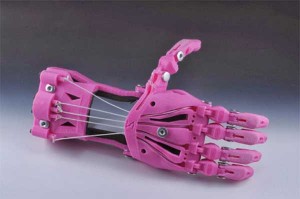
The “Cyborg Beast” is fully-operational hand that
works with the movement of the partial arm or hand
a child still has. Because it’s printed using a 3-D
printer it’s much cheaper than traditional
prosthetics, and they’re replaceable as the children
continues to grow.
Knick finger
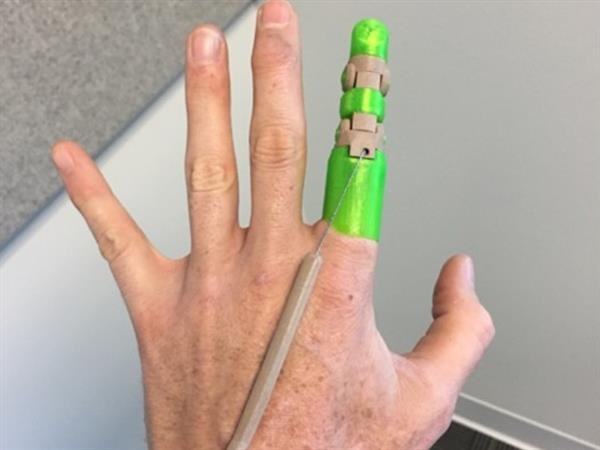
As the sky is the limit
for the imaginations, there is no limit for the progress
and application of 3D printing technologies. Whether
you believe it not, you will be part and parcel of this
challenging and sweeping technology when you are living
in the 21st century.
Conclusion
Though 3D printing is still a growing
technology, it already has many benefits and
drawbacks. While many people agree that this
technology could change the world, there are also those
who believe it could have extreme consequences if it is
not researched and tested thoroughly. As the technology
beings to grow more and more throughout the next
couple of years there will be more information and data
that will determine whether it is a technology that is
here to stay or it is something that will simply not make
it. For now it is something that has to be further looked
into in order to fully understand its extents whether
good or bad.
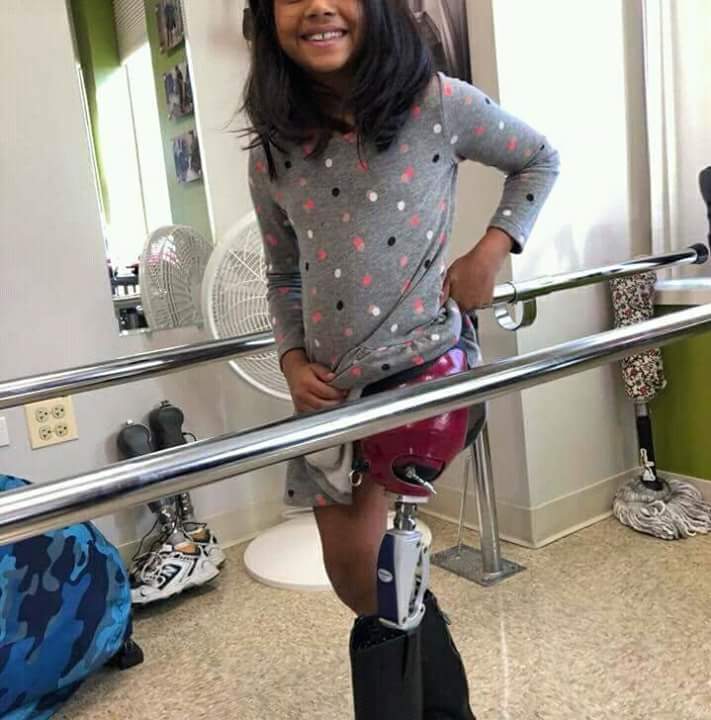
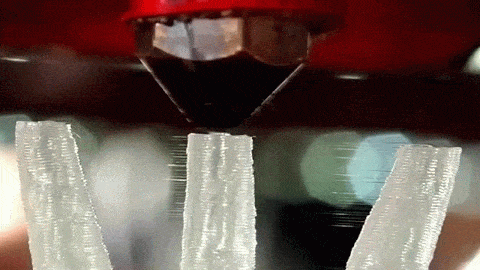
resourceful post thanks a lot.
please upvote if u like.
Thank you very much